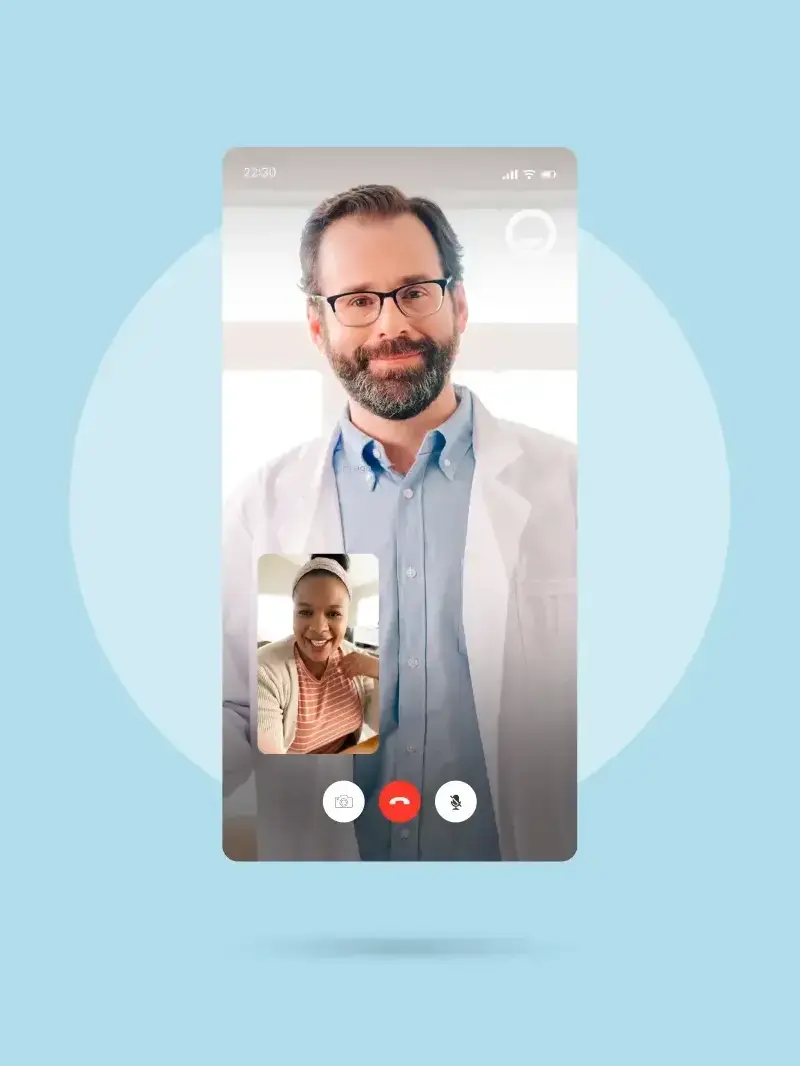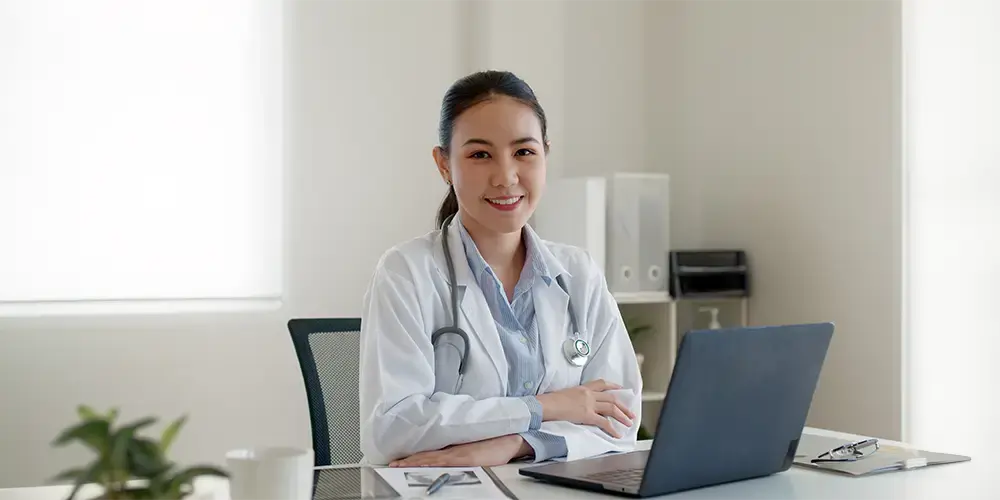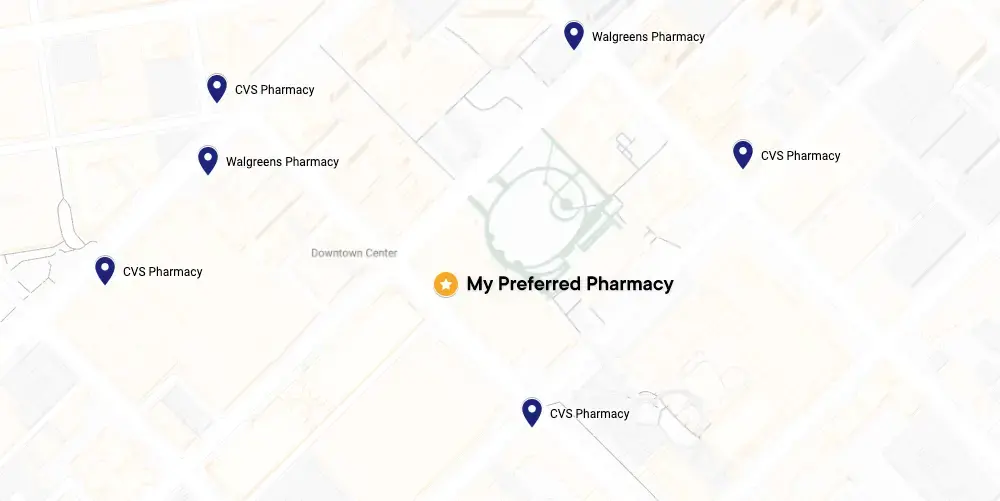Endometriosis is a gynecological disorder that can range from no symptoms at all to debilitating pelvic pain. It can cause infertility in some people as well. According to the Office on Women's Health, endometriosis affects more than 11% of women between the age of 15 and 44 in the U.S.A.
The endometrium is the tissue that lines the inside of the uterus/womb, that builds up in preparation for possible pregnancy during each menstrual cycle. When pregnancy does not occur, the endometrial tissue is released from the body as menstrual flow.
With endometriosis, the endometrial tissue grows outside the uterus, typically on the:
Even outside of the uterus, these tissues continue to respond to hormones of the menstrual cycle. When it breaks down outside of the uterus, the blood is not properly discharged and becomes trapped within the abdomen and pelvis, causing inflammation and scarring of the surrounding tissues. When the ovaries are involved, ovarian cysts called endometriomas may form. Endometriosis is an often painful gynecological disorder, causing pain with intercourse (dyspareunia) and/or pain with menstrual cycles (dysmenorrhea). According to the Office on Women's Health, endometriosis affects more than 11% of women between age of 15 and 44 in the U.S.A, making it harder for the affected patient to conceive.
Stages of endometriosis
According to the American Society of Reproductive Medicine, there are four stages of endometriosis:
-
Stage 1: Minimal endometriosis
-
Stage 2: Mild endometriosis
-
Stage 3: Moderate endometriosis
-
Stage 4: Severe endometriosis
These different stages of endometriosis reflect the amount, size, depth and location of the endometriosis tissue, and not necessarily the level of endometriosis pain experienced by the patient.






